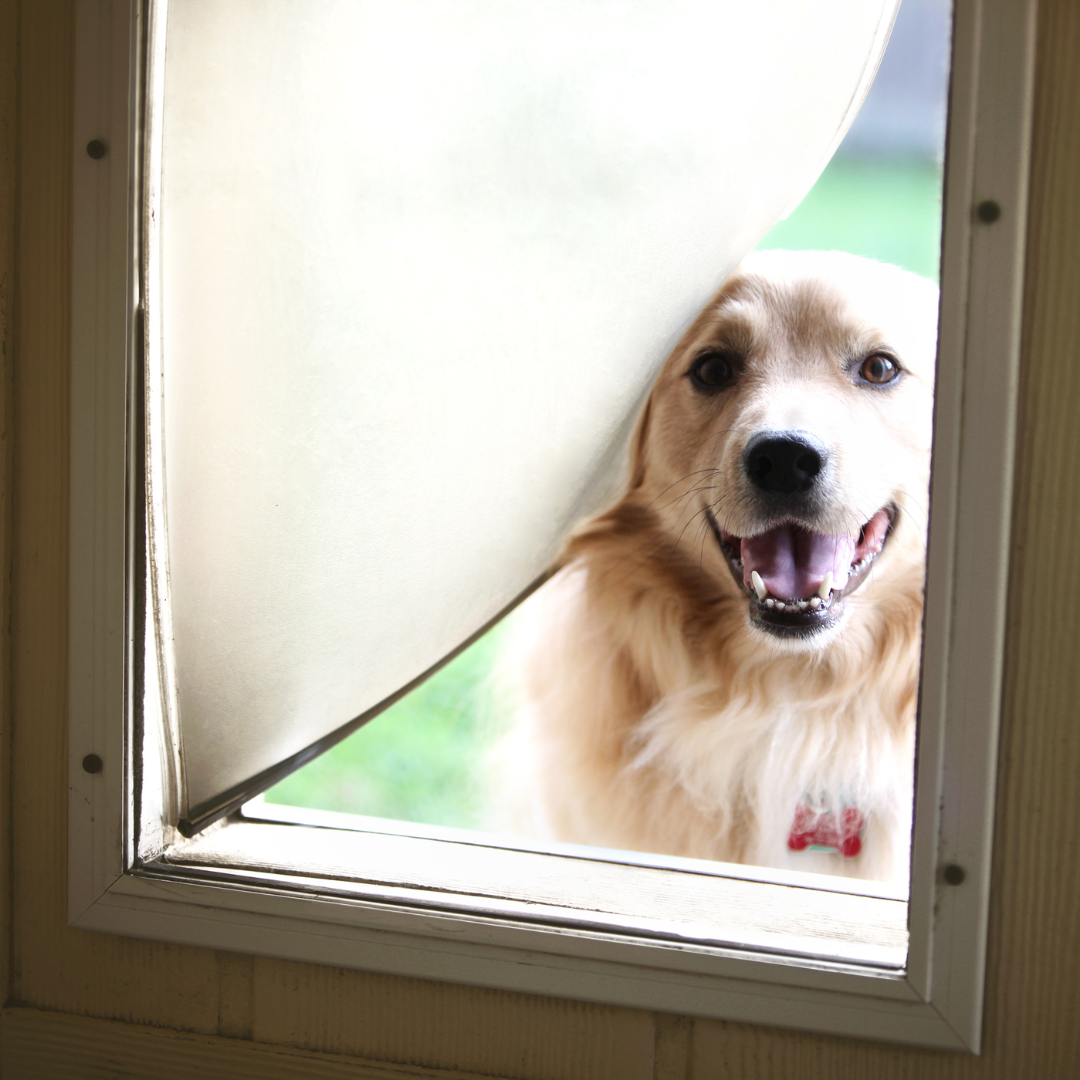Based on decades of research by the Insurance Institute for Business & Home Safety (IBHS), the FORTIFIED standard requires a series of construction and roofing upgrades. Together, they create a system proven to strengthen homes against severe weather.
Changes to your home after receiving a FORTIFIED designation may compromise that system, reducing its effectiveness and leaving it vulnerable to storm damage.
To avoid this, before making any modifications to the exterior of a FORTIFIED Home or FORTIFIED Roof, talk with a FORTIFIED evaluator.
Common modifications that can leave a home vulnerable to storms include:
- Constructing an addition to the home
- When adding onto an existing FORTIFIED home, care should be taken to ensure the new section includes the upgrades that protect a home from severe weather. Work with a certified FORTIFIED evaluator to ensure all FORTIFIED requirements are met and properly documented to maintain your FORTIFIED designation.
- Installing a new roof or repairing an existing roof
- All homes with FORTIFIED designations include added protection for the roof. When a new roof is installed or an existing roof is repaired, the new roof or roof section should also meet the requirements of the FORTIFIED standard. If it doesn’t, it may be missing key upgrades that keep the roof in place and the water out during high wind events. A certified evaluator must document the materials and installation meet the rigorous FORTIFIED standard to maintain a designation.
- Mounting rooftop equipment (satellite dishes, AC units, weathervanes, lightning rods, etc.) with improper connections or flashing
- Not only can poorly installed roof-mounted equipment lead to roof leaks, if hit by debris or high winds during a storm it can be pulled loose causing damage to the roof deck.
- Connecting gutter guards in a manner that diminishes the effectiveness of a roof’s edge flashing
- Gutter guards that interrupt the locked-down roof edges required by the FORTIFIED standard can allow wind to get beneath this critical section of roofing.
- Installing solar panels to a roof with improper connections or flashing
- Improperly installed roof-mounted solar panels can lead to roof leaks, which is why FORTIFIED requires the attachments to the roof be properly flashed. Additionally, if high winds pull roof-mounted solar panels loose, the shingles and the roof deck can be damaged. To minimize this risk, FORTIFIED requires a professional engineer to determine how solar panels should be attached to a roof.
- Adding a rooftop deck with improper or insufficient bracing, connections, or flashing
- When rooftop decks fail, they cause significant damage to the roof and home below. To minimize this risk, FORTIFIED requires they be designed by a professional engineer, ensuring they are adequately braced for the increased wind loads brought on by severe weather.
- Not including impact resistance when replacing or adding windows (Silver and Gold designations only)
- In hurricane-prone areas, FORTIFIED Silver and FORTIFIED Gold designations require windows be protected from storm debris. This requirement can be met by installing impact-rated windows or a tested hurricane shutter system. When adding or replacing windows, engage a FORTIFIED evaluator to document material and installation meet the FORTIFIED standard.
- Replacing garage doors that don’t meet required wind pressure ratings (Silver and Gold designations only)
- FORTIFIED Silver designations require garage doors meet pressure ratings appropriate for the property’s location. When purchasing a new garage door, contact a FORTIFIED evaluator who can ensure it meets this requirement and collect the documentation needed to maintain your designation.
- Replacing exterior doors that don’t meet required wind pressure ratings (Gold designations only)
- In hurricane prone areas, FORTIFIED Gold designations require exterior doors meet pressure ratings appropriate for the property’s location. When purchasing a new exterior door, contact a FORTIFIED evaluator who can ensure it meets this requirement and collect the documentation needed to maintain your designation.
- Installing a dog door in any exterior door (Gold designations only)
- FORTIFIED Gold designations also require exterior doors meet pressure ratings appropriate for a property’s location. Altering doors after they’ve been purchased, by adding windows or even a dog door, impacts their ability to withstand pressure and can leave your home vulnerable during a storm.
Read more of our tips and ideas in the Homeowner Resources section.
Stay In The Know
Do you want to keep up with the latest resiliency research? Would you like timely tips and reminders to keep your home safe from Mother Nature? Are you interested in the science behind the FORTIFIED standard? Then sign up for the FORTIFIED Update, today!

